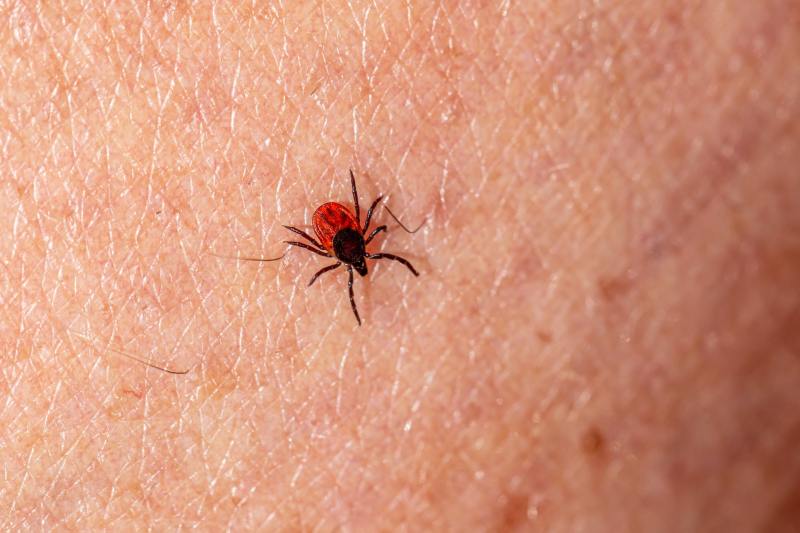When people think about outdoor hazards, they picture bears, venomous snakes, or poisonous plants like poison ivy. However, one of the most dangerous threats in the forests is something much smaller — ticks. These tiny bloodsuckers can carry a bunch of diseases that you really don’t want, and many of them are difficult to treat.
Lyme disease is one of them, and after getting infected during a teenage game of manhunt in the woods, I struggled with my health for seven years before finally overcoming it. Needless to say, I’m always very careful every time I venture out into the woods. Here are my top precautions and tick tips for the next time you venture into the outdoors.
Top tick tips from someone who’s been bitten before

Your best line of defense against ticks is your clothing. I like to use permethrin-treated clothes that are light in color so I can spot any ticks that might see me as a snack. It’s also a good idea to tuck your pants into your socks and shirts into your pants to reduce exposure. Wear long sleeves and use gaiters.
I usually apply an insect repellant with at least 20% to 30% DEET on all exposed skin. But if I’m expecting to be in a less-prone area or am looking for a natural solution, tea tree oil with a bit of water in a spray bottle also does the trick.
While on the trail, avoid brushing or walking through tall grass, bushes, or leaf litter. Using a blanket or mat while sitting on logs or grass will also help keep you protected. And when you can, choose drier, sunnier trails.
After your hiking trip, check your body for ticks: behind the knees, under the arms, waistband area, and behind the ears. It’s a good idea to get a friend or a loved one to check your scalp and hairline as well. But don’t neglect your gear! A lint roller over your backpack and clothes will help catch the smaller ticks. Shower within two hours to wash off the ticks before they latch, and dry your clothes on high heat to kill any remaining ticks.
How to get rid of a tick

Ticks are super hard to detect because when they bite you, they inject an anesthetic, so it’s completely painless. That’s when the bacteria gets into the bloodstream. They like to hide in moist areas like behind the knees, under the arms, in the scalp, or in the groin, and they can remain there for several days. For some people, tick bites often cause itchy red welts, and others might see a “bullseye” type rash, which is typical with Lyme disease.
If you find a tick attached to your skin, don’t panic. Just remove it with tweezers as soon as possible. Don’t squeeze the body, because this might push infected fluids into your bloodstream. Just pull straight out with steady, even pressure, and don’t twist or jerk since this can break off the tick’s head. If this happens, try removing the head with tweezers. If that doesn’t work, the CDC advises that you allow the skin to heal naturally. Your body will push any remaining parts out over time. Wash your hands and clean the bite area with soap and water. Then, disinfect it with rubbing alcohol.
After you have removed the tick, you might be wondering how to dispose of it. Ticks are incredibly resilient. They’ve got a hard exoskeleton and can survive a long time without air, so methods like suffocating it in petroleum jelly or nail polish don’t actually work. Lighting it on fire will work, but that’s also a safety hazard. The best way to kill a tick is to drop it in some rubbing alcohol.
That said, if you’re concerned about disease, I recommend saving it in a Ziplock bag. In some medical facilities, you can get the tick tested for contaminants, and that will accelerate your healing process. Call your doctor’s office to see what’s possible. Your doctor or healthcare professional may also wish to test your blood for the pathogens as well. With any luck, you’ll be in the clear.




